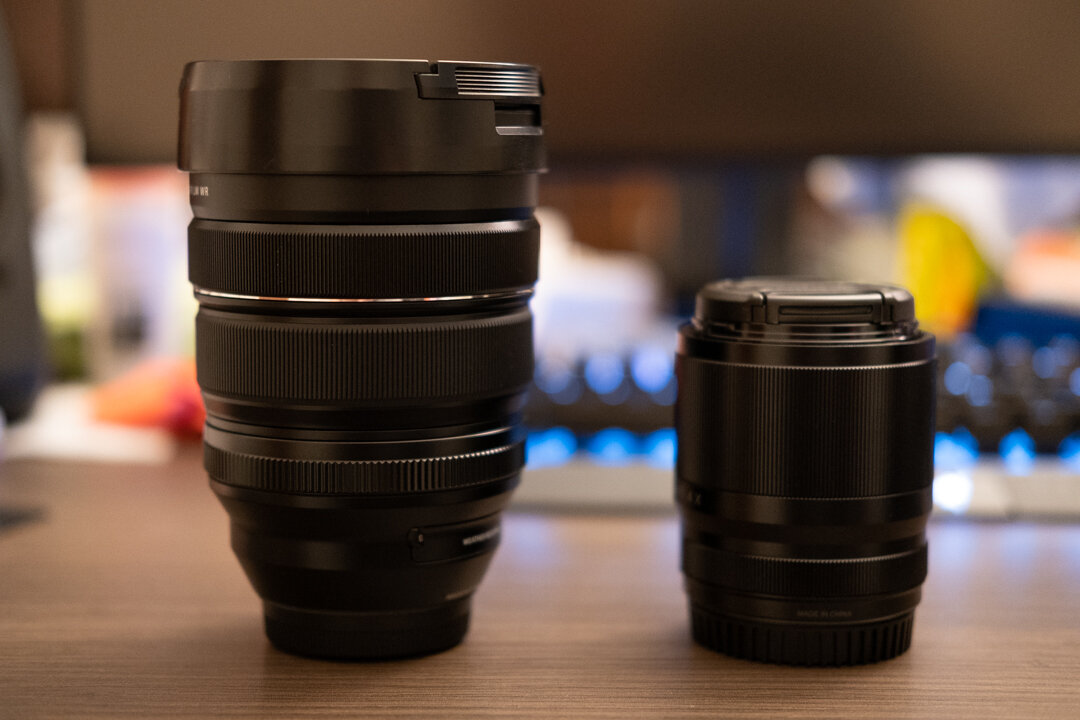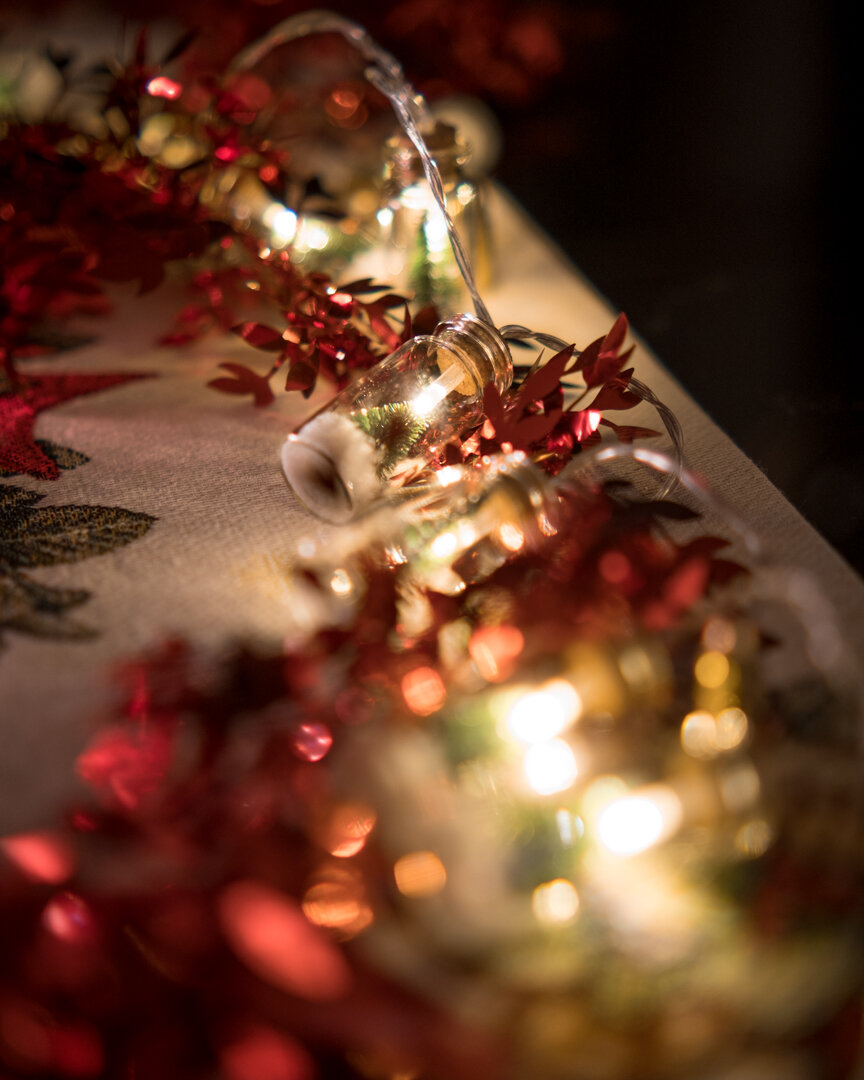Being a Fujifilm photographer, I was recently approached by Tokina to form my opinions about two of their new lenses for Fujifilm X-Mount - Tokina atx-m 23mm f/1.4 and atx-m 33mm f/1.4.
Hearing them make these lenses for the X-Mount was very exciting, since they are the first Japanese third-party brand to introduce the mount to their lineup and the bulk of my experience comes from Fujinon lenses.
Fujinon glass quality is notoriously difficult to compete against, but there has been some ramping up in terms of third party offerings, both this year as well as the foreseeable future. More choice and competition is always good for the consumer in the long run!
As these lenses are very similar in their build and differing only in focal length, I will be covering them together. I’ll be focusing on them from a creator’s point of view, I’m sure professional reviewers will follow soon with their more analytical and comparative approach.
Tokina atx-m 23mm f/1.4 and atx-m 33mm f/1.4 for Fujifilm X-Mount (Photo: Andres Paabos)
Tokina atx-m 23mm f/1.4 and atx-m 33mm f/1.4 for Fujifilm X-Mount (Photo: Andres Paabos)
Build Quality
I think it’s safe to say people have a certain expectation towards build quality when you hear the words Japan and Optics together in the same sentence. These lenses certainly didn’t disappoint in that regard. They feel like very solid and well-built piece of equipment, yet quite compact. The lenses are 72mm in length and the weight is 276g for the 23mm and 285g for the 33mm. Both of them mount snugly onto the camera, so there is no rattling whatsoever, something I have noticed with some other third-party offerings. The focusing ring is buttery smooth and a pleasure to use. The aperture ring is also smooth-running and clickless, making this a good option for someone wanting to change their aperture while filming video. There is a distinct click between F16 and the A mode, just to give you some tactile feedback when you’ve gone beyond the manual setting.
I was very surprised to see metal hoods with these lenses, that’s something you don’t even see with more expensive first-party offerings! Additionally, both of them use 52mm filter size.
Both lenses come with a metal hood - a great bonus! (Photo: Andres Paabos - X-T3 + Tokina 33mm f/1.4)
Tokina 33mm f/1.4 next to a Fujinon 8-16mm f/2.8 (Photo: Andres Paabos)
Usability
Like I mentioned, both of these lenses are equally solid in terms of their build, so there is no need to worry that they will fall apart on your camera, you can take them pretty much anywhere.
The 23mm is a good choice for both landscapes and environmental portraits and the f/1.4 aperture is a great addition for getting some background separation and low light performance.
Being quite limited in my travels currently, I have used the 33mm focal length much more these days, which is a good thing, as it gives me the opportunity to develop myself in focal lengths I don’t feel as much home with. 33mm on a Fuji gives you about 50mm full frame equivalent field of view - one of the most common and flexible focal lengths you could have. A 50mm equivalent prime is often the first recommended prime lens for a new shooter without a huge lens library, so I would definitely recommend everyone to check this one out, if that’s the piece of gear you’re missing. It feels similar to the 23mm and also has a f/1.4 aperture with a really nice bokeh quality, considering it’s a cheaper lens than the first-party equivalents. It’s one of those lenses you can leave on your camera for most of the time and you will definitely get a lot of usability out of it in all kinds of situations.
Both of these lenses have near-instantaneous autofocus, definitely one of the fastest I have seen on the Fujifilm system. They are also whisper silent! And I do mean silent. Minimum focusing distance for the 23mm is 0.3m and for the 33mm it is 0.4m.
X-T3 + Tokina atx-m 33mm f/1.4 at 1.4 (Photo: Andres Paabos)
X-T3 + Tokina atx-m 23mm f/1.4 at 1.4 - gets you a wider field of view than the 33mm lens, while still being able to produce some background blur
X-T3 + Tokina atx-m 23mm f/1.4 at 1.4 (Photo: Andres Paabos)
X-T3 + Tokina atx-m 33mm f/1.4 at 1.4
Creativity
If you’re looking to spark your creativity, then getting into macro photography is a great option to find new photo opportunities and perspectives. While obviously not being true 1:1 macro lenses, I found that combining them with a 16mm macro extension tube gets me real close to the subject. Personally, I’ve been utilising my macro extension a lot during 2020, whenever I am unable to travel.
X-T3 + Tokina atx-m 33mm f/1.4 with a 16mm macro extension (Photo: Andres Paabos)
X-T3 + Tokina atx-m 33mm f/1.4 with a 16mm macro extension (Photo: Andres Paabos)
Conclusion
All in all, I find the great build quality, wide aperture and superb autofocus to be great selling points for these lenses. While you have to check the prices for your region, both of them are targeted to be cheaper than the first-party counterparts.
So, should you buy either of these lenses? Ask yourself these questions:
Are you going to be using these focal lengths?
Do you value the speed and silence of AF?
Do you need a wide aperture of f/1.4?
Are you looking for a lens more affordable than the first-party lenses?
If you answer “yes” to any of the above, Tokina glass is certainly something you should consider in your purchasing decision.
While I have only received those lenses recently, I will be sure to put these into good use and you will definitely see more results to come on my social media in the future! If you have any questions, feel free to DM me on Instagram and I will be delighted to answer to the best of my knowledge.
Check out their website for more information: http://www.tokinalens.com
Check out my Instagram for more of my work: http://www.instagram.com/paabos





















